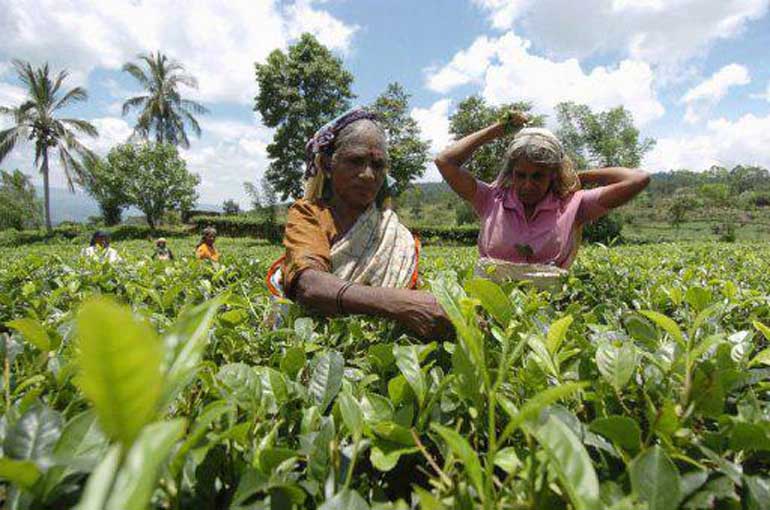Friday May 03, 2024
Friday May 03, 2024
Monday, 16 November 2015 00:00 - - {{hitsCtrl.values.hits}}

Hilmy Cader’s article in the Daily FT of 12 November 2015 entitled ‘Build or Buy Brands, not promote Ceylon Tea’ made interesting reading. In my view, promoting ‘Ceylon Tea’ with the ‘Lion Logo’ and at the same time encouraging the development of new or existing brands as well as possible acquisitions of international brands by Sri Lankan companies are not mutually exclusive.
The Sri Lanka Tea Board therefore should continue to promote ‘Ceylon Tea’ and ‘Lion Logo’ both of which still have strong identities in the global market. Changing ‘Ceylon Tea’ to ‘Sri Lanka Tea’ does not make sense, as ‘Ceylon Tea’ is the brand that has been built up together with the ‘Lion Logo’ over many decades.
What we should do is associate ‘Ceylon Tea’ and the ‘Lion Logo’ with Sri Lanka and not let it be debased, thereby promoting the country as well as our tea. Alongside this continuous Uni-National Campaign for ‘Ceylon Tea’, and not a Generic Campaign as termed in Mr. Hilmy Cader’s article, we must as a country permit and indeed encourage our companies to develop new or existing brands as well as acquire global brands. This should be done by amending existing legislations and regulations that could create barriers such as tedious approval procedures, exchange control restrictions, lack of suitable funding options and innovative investment banking opportunities, etc.
We must also address the constantly debated question of liberalising the import of tea for blending and re-export thus capitalising on the distinct advantage that Sri Lanka has to set up the most dynamic “Tea Hub” and create aGlobal Tea Capital in our country, which London was many years ago.
I believe we could do this with the appropriate controls without compromising the value and image of ‘Pure Ceylon Tea’. In other words, we can have the best of both worlds and not lose out to other hubs that have been set up, such as those in Dubai.
By limiting our exports to only ‘Ceylon Tea’ and discouraging multi-origin blending and export, the $ 5 billion target by 2020 from tea will, in my view, be only a distant dream. If we get it right, 10% of the global retail value from tea, which is presently reported to be around $ 60 billion and could if at all be understated, is within our grasp.
Chrisantha Perera